Who's next? Projecting future members of baseball's 3,000-strikeout club
On Tuesday, CC Sabathia entered the baseball history books by becoming only the 17th pitcher and just the third left-hander ever to record 3,000 career strikeouts. He's the first new member of the 3,000-K club since John Smoltz entered in 2008.
Including Sabathia, eight active pitchers have more than 2,000 strikeouts, with a couple of them nearing history. Let's take a look at the likeliest candidates to crack the 3,000-strikeout mark, both in the short and the (very) long term. (Note: Statistics updated through Tuesday's games.)
Near locks
Justin Verlander
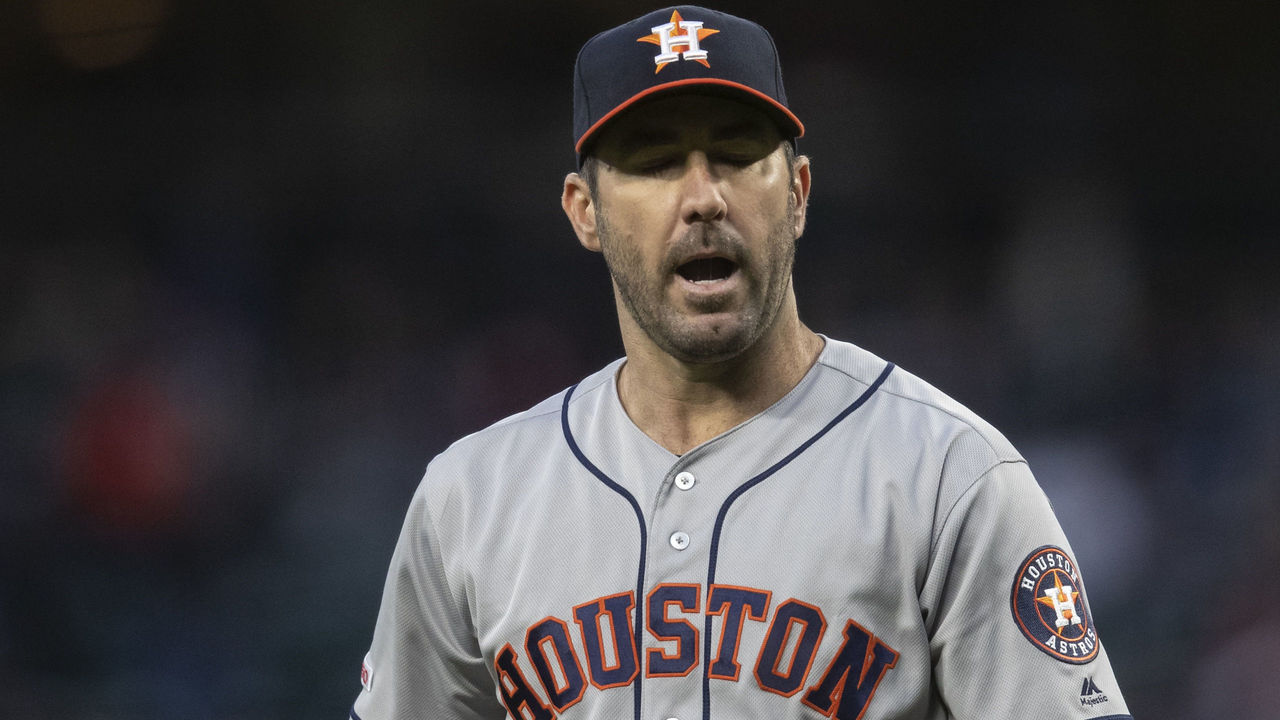
When Sabathia retires at season's end, Verlander will become baseball's active strikeout leader. The 36-year-old entered Tuesday with 2,759 career Ks, and could put himself in position to record No. 3,000 early in 2020 (Steamer projects he'll strike out 263 batters this year). Nothing short of a disaster will stop Verlander from joining the 3,000-K group on his way to Cooperstown.
Max Scherzer
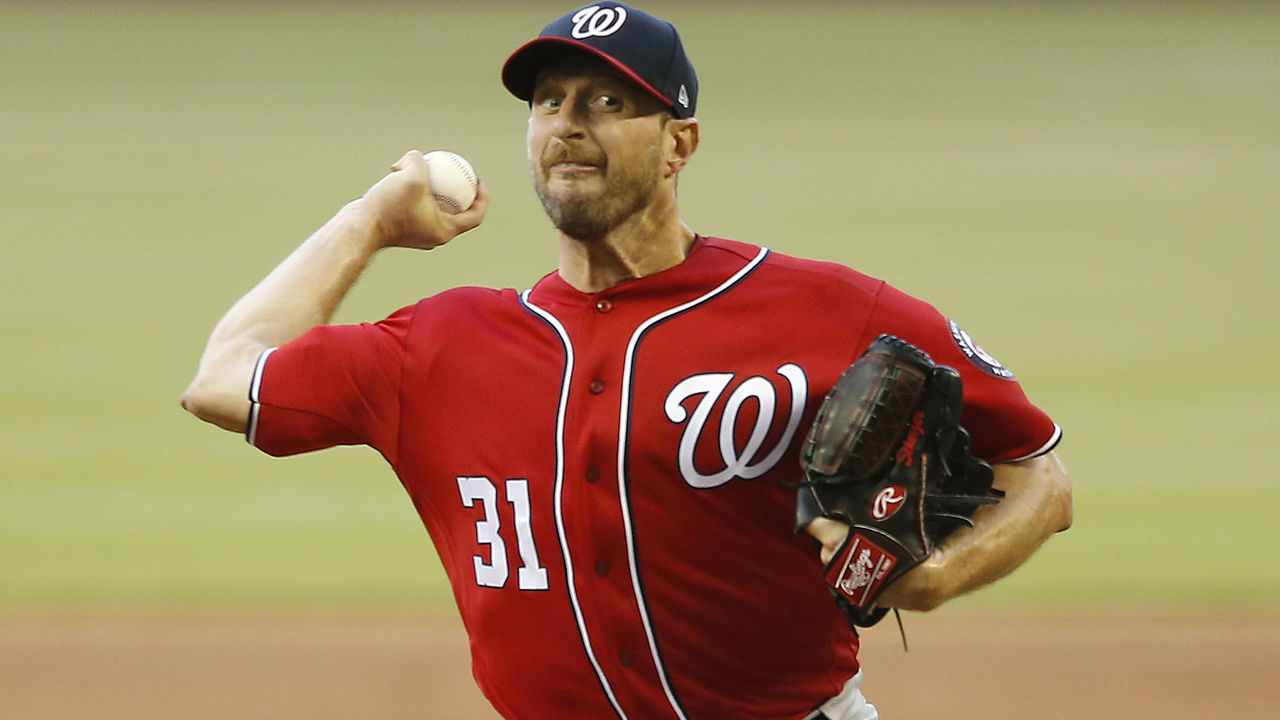
The premier strikeout artist of his generation is on a steady track toward 3,000. Scherzer's 300-K season in 2018 certainly helped, and he recorded No. 2,500 in his most recent start. At this pace, he's likely to reach 3,000 at some point in 2021, his age-36 season. After that, the sky's the limit for Mad Max.
Needing a push
Zack Greinke
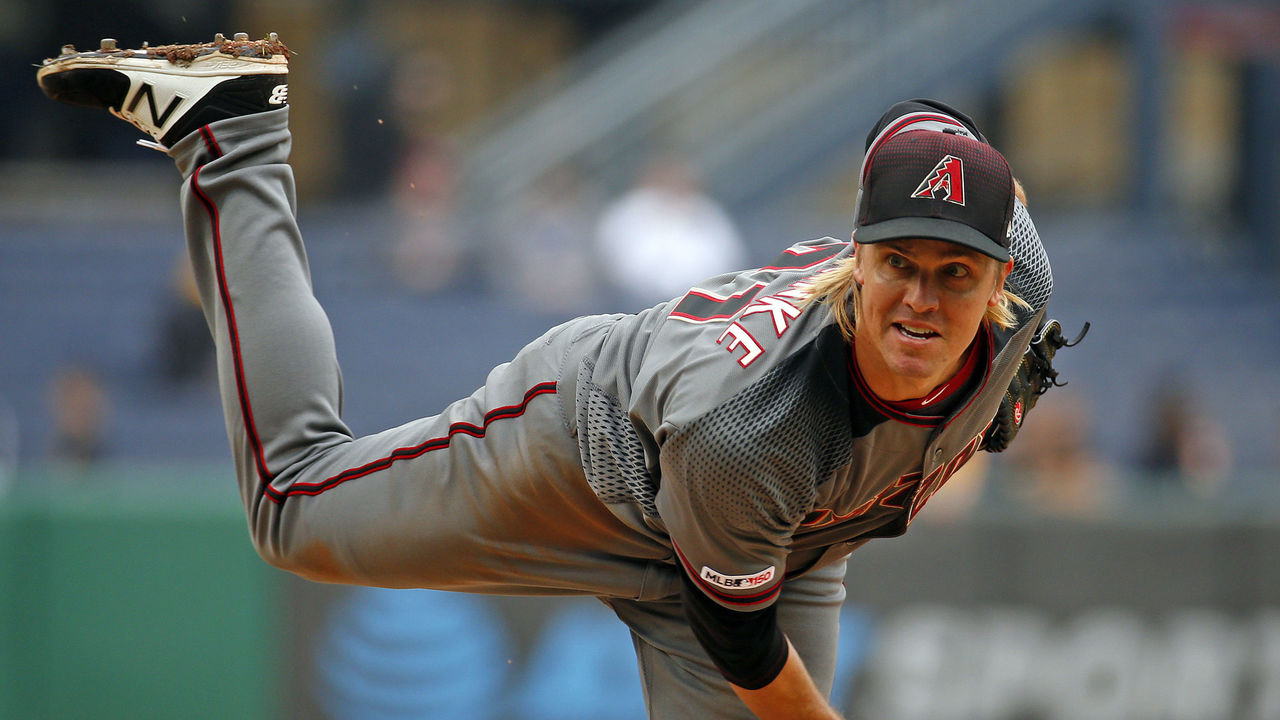
Greinke has quietly racked up strikeouts over his remarkable career and could reach 2,500 this month (he's 19 away). The 35-year-old is only a year older than Scherzer and nine months younger than Verlander, so age won't necessarily be an issue, but Greinke needs to string a few more solid years together to offset time lost to injuries earlier in his career. It won't be a breeze, but the opportunity for a slow climb to 3,000 during his late-30s is there.
Clayton Kershaw
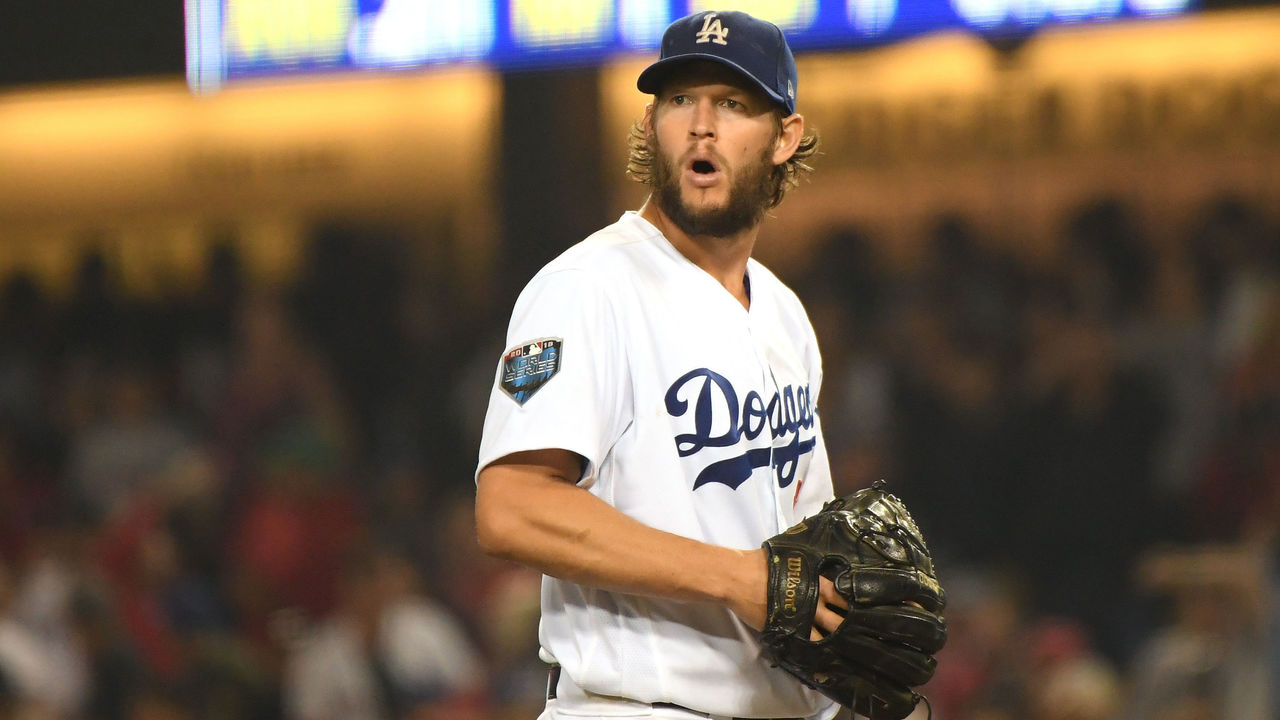
At one point, Kershaw was considered a lock to join Randy Johnson, Steve Carlton, and now Sabathia as the only southpaws with 3,000 Ks. But now, it all depends on his health, which has become more and more perilous with each passing season. All things considered, though, he's still on a decent pace given his age (31) and strikeout total (2,296). If Kershaw can recapture some of his old magic, his 3,000-K watch will be back in full force.
Cole Hamels
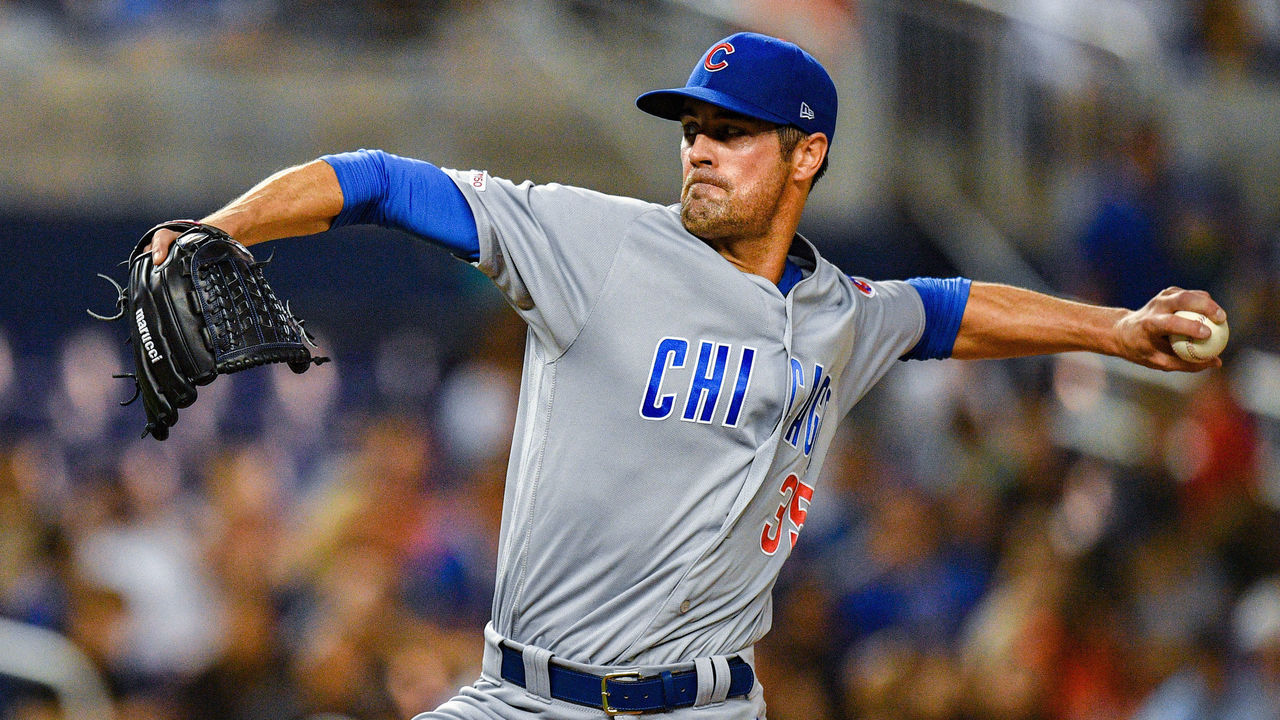
Like Greinke, Hamels has done his work very quietly, and you might be surprised to see he's just 48 strikeouts shy of 2,500. Now, the 35-year-old ex-Phillies star is ready to make his push after rediscovering some of his old form with the Cubs.
Hamels will probably need to match Sabathia's recent climb over the next four-to-five years in order to reach 3,000, so realistically, what are his chances? Let's call him a longer shot who's not entirely out of the question. Five years ago, you might have said something similar about Sabathia, so maybe that's a good omen for Hamels.
Wait and see
Chris Sale
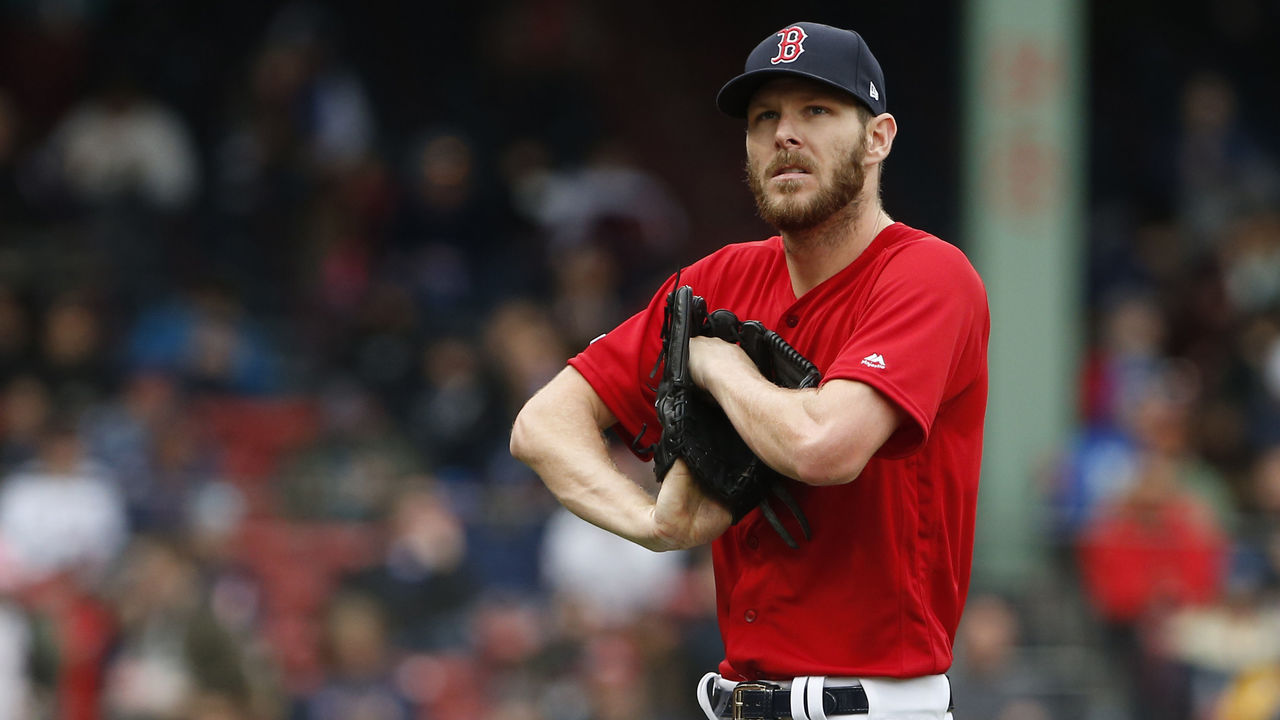
Sale entered his age-30 season having already racked up more strikeouts than Scherzer had before age 31. He should be in tremendous shape - and he might still be - but Sale's awful start to 2019 is obviously cause for concern. However, it's hardly time to give up on the ace, as he's averaging more than nine Ks per nine innings this season. The odds are in his favor; now it's up to Sale to right the ship.
Jon Lester
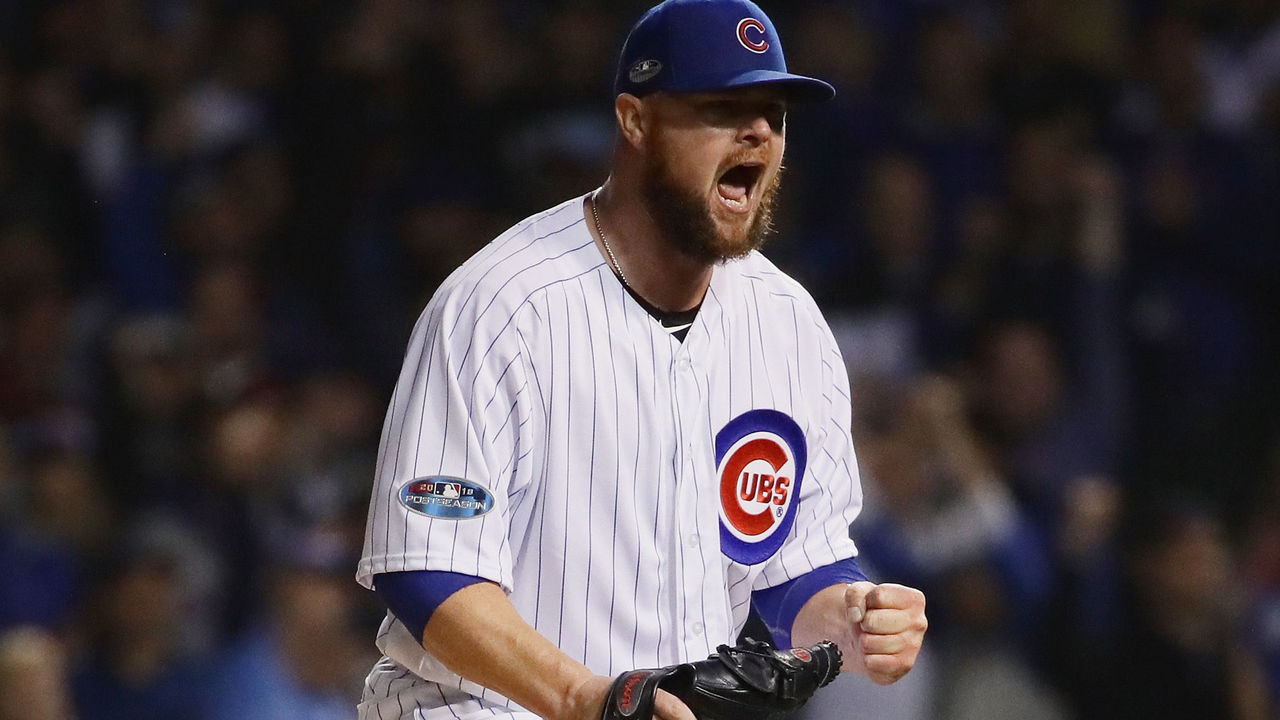
Of the eight active pitchers with more than 2,000 strikeouts, Lester's got the longest shot of them all, and that's largely due to age. He's 87 strikeouts behind Kershaw, who's four years younger, and there's a much larger gap between Lester and Hamels, his fellow 35-year-old Cubs left-hander.
Lester needs nothing short of a herculean effort to reach 3,000, but his chase will still be fascinating to watch. The 2,700 or 2,800 marks might be more realistic.
Falling short
Felix Hernandez
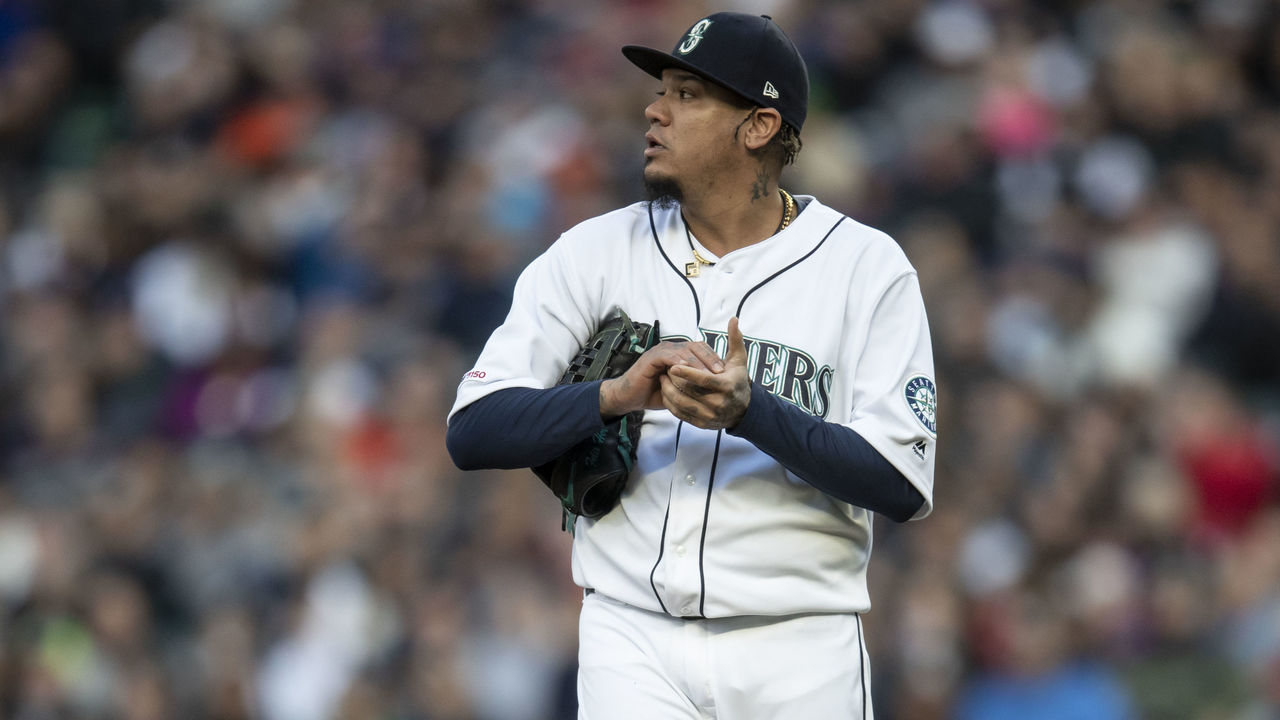
Once upon a time, King Felix was destined for this glory. Now, he needs the push to end all pushes just to stay afloat in the majors, let alone to reach 3,000 strikeouts.
While Hernandez is just four Ks from 2,500, his unexpected decline means the 3,000 club is almost out of the question for the 33-year-old, barring an even more unbelievable return to form. Given how unlikely that is, the more prudent conversation at this point is (sadly) debating his Hall of Fame candidacy.
The future
Is there anyone left who could make a push? Anyone? Buehler?
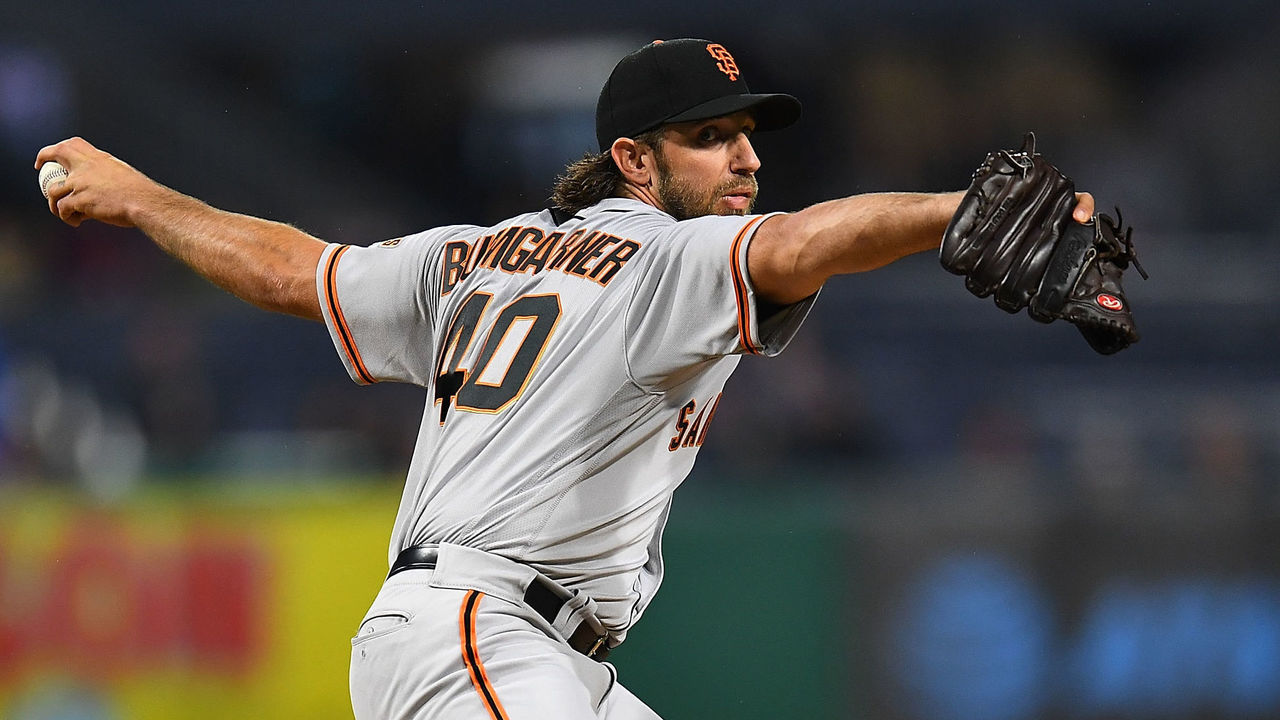
Well, the next-best candidate among 30-something pitchers, David Price, lost a couple prime seasons to injury and inconsistency and is probably out, even if he sustains his career-best 11.1 K/9 rate. Madison Bumgarner, 29, leads all active pitchers under 30 with 1,626 strikeouts, but he needs to make up for lost time after two straight injury-shortened campaigns.
It's even slimmer pickings with pitchers who are younger than MadBum. Overall strikeout numbers are reaching levels we've never seen before, but that hardly offers us hope of a starter reaching 3,000. From pitch counts and workload management to the rise of super-bullpens and openers, everything seems to be conspiring against individual hurlers giving it a real chase.
We can look very deep into the future and suggest some great young arms who are just beginning to scratch the surface - Blake Snell, Shohei Ohtani, and the aforementioned Walker Buehler, just to name a few - but projecting that far ahead is usually a foolish exercise.
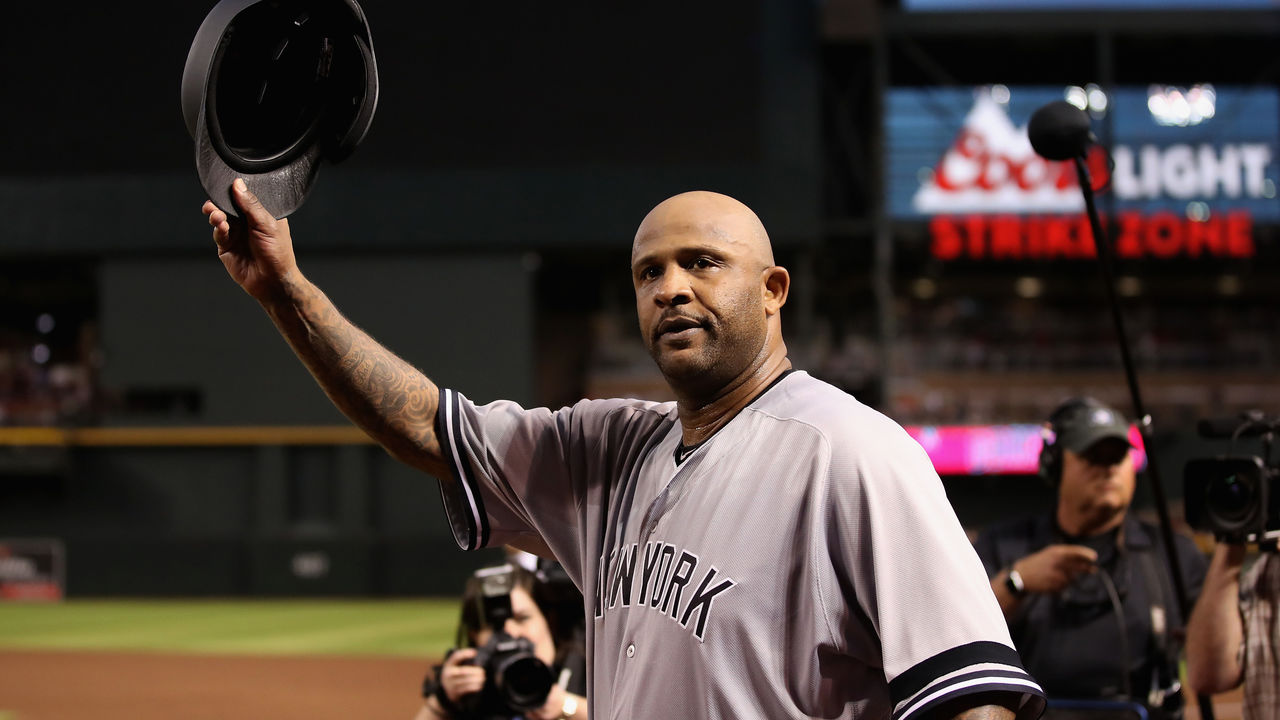
Once upon a time, it took 51 years for Walter Johnson to get some company (Bob Gibson in 1974) in the 3,000-strikeout club. Membership has grown exponentially since then and it will surely grow again at least a couple more times in the next few years, but baseball's current trends are pointing toward another prolonged drought on the horizon.
For now, appreciate watching the likes of Verlander and Scherzer chase history, and applaud Sabathia at every turn, because what he did Tuesday might not happen much more in our lifetime.
HEADLINES
- Ohtani to start World Series Game 7 on 3 days rest
- Barger: 'I was being too aggressive' on game-ending double play
- Blue Jays' Scherzer gets 2nd World Series Game 7 start of career
- 'Like I was in a movie': MLBers share feeling of winning World Series
- Chasing October: Relive Dodgers' stunning win in World Series Game 6